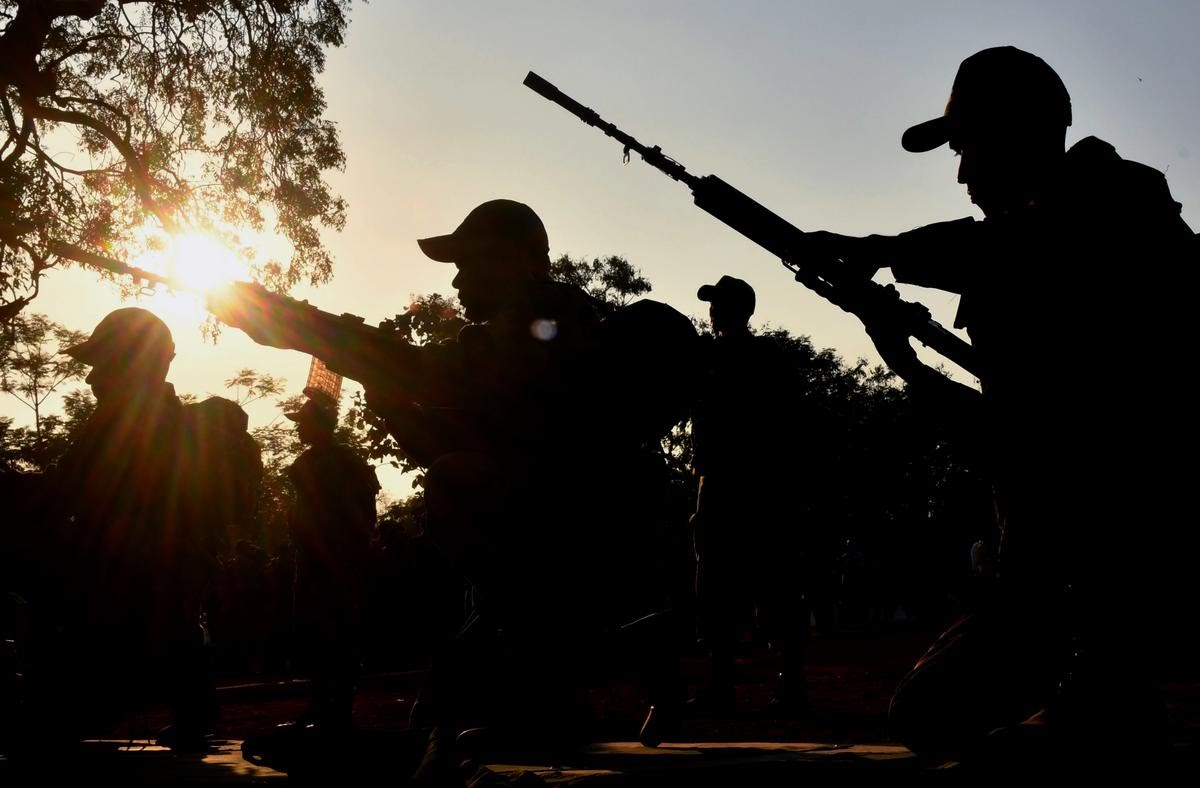The Indian Army's Firing Range in Ayodhya De-Notified Due to New Airport Flight Path Concerns
Ayodhya 02 September: (Desk)The Indian Army's field firing range in Ayodhya, Uttar Pradesh, has been declared "unsafe" due to the construction of the Maharishi Valmiki International Airport, which is currently underway.

This development has necessitated the Army's search for alternative locations for conducting essential firing drills. A senior Army officer explained that the range falls directly in the flight path of aircraft, making its continued use impractical and hazardous.
Field firing ranges are critical for the Army to conduct trials of heavy weaponry, including tanks and Infantry Combat Vehicles (ICVs). The Army has emphasized the importance of maintaining operational readiness while also acknowledging the significance of national development projects like the new airport. As a result, the Army is actively seeking alternative locations for its training exercises.
In light of the Ayodhya range becoming unviable, the Army is reportedly in the advanced stages of acquiring a new field firing range in one of the northeastern states bordering China. This acquisition is part of a broader strategy to ensure that the Army continues to have access to necessary training facilities, particularly in forward areas.
The situation surrounding the Ayodhya firing range has also been complicated by the de-notification of the nearby 'Majha Jamthara' village, which had previously been designated as an Army training buffer zone. This village is located adjacent to the Ayodhya Army Cantonment and has been utilized by the Army for firing and artillery practice. The de-notification, which occurred in May, has sparked controversy, especially given the village's proximity to the newly constructed Ram temple, located just six kilometers away.
The de-notification of 'Majha Jamthara' has raised concerns among local residents and political figures, with allegations that high-profile individuals have acquired land in the area. Congress leader Pawan Khera has publicly questioned the motivations behind the land transfers, suggesting that the de-notification process may have been influenced by private interests.
The Ayodhya Development Authority (ADA) has indicated that the de-notified land will now be opened up for construction and commercial use, further complicating the Army's training operations in the region. The ADA's decision to allow mapping in the area has led to fears that the Army's operational capabilities may be further diminished as civilian development encroaches on military training grounds.
In addition to the developments in Ayodhya, the Army is also looking to enhance its capabilities in other regions. The acquisition of a new high-altitude firing range in the eastern sector is expected to bolster the Army's training infrastructure and ensure that personnel remain prepared for potential challenges along the borders.
The Army's need for field firing ranges is underscored by the importance of training new personnel and maintaining combat readiness. These ranges are essential for conducting realistic training exercises that simulate battlefield conditions, allowing soldiers to hone their skills and familiarize themselves with various weapons systems.
As the Army navigates the challenges posed by the construction of the Ayodhya airport and the de-notification of training areas, it remains committed to finding solutions that balance national development with military readiness. The ongoing adjustments in training locations reflect a broader trend of adapting military operations to accommodate civilian infrastructure projects while ensuring that the Army can fulfill its operational requirements.
The situation in Ayodhya serves as a case study of the complexities involved in land use and military training in India, where the need for modernization and development often intersects with the requirements of national defense. As the country continues to invest in infrastructure projects, the Army will need to remain agile and proactive in securing the necessary resources and training facilities to maintain its operational effectiveness.
In conclusion, the Indian Army's field firing range in Ayodhya has been rendered unsafe due to the construction of the new airport, prompting the search for alternative training locations. The de-notification of nearby buffer zones has added to the challenges faced by the Army, highlighting the need for careful planning and coordination between military and civilian interests. As the Army prepares to acquire new training facilities, it remains focused on ensuring that its personnel are adequately trained and ready to respond to any threats to national security.



